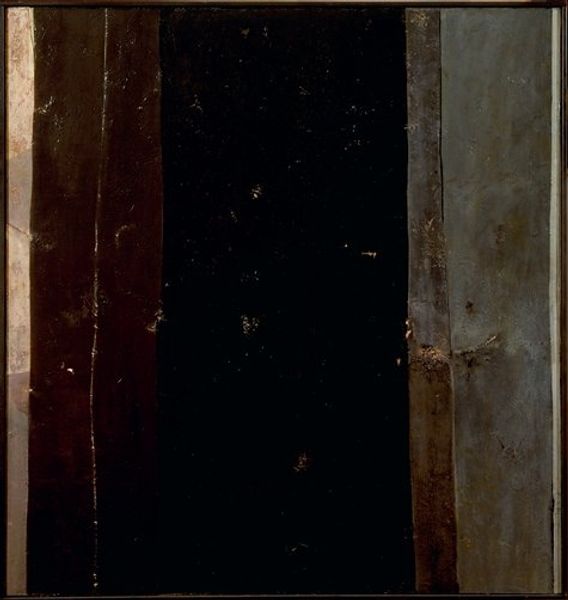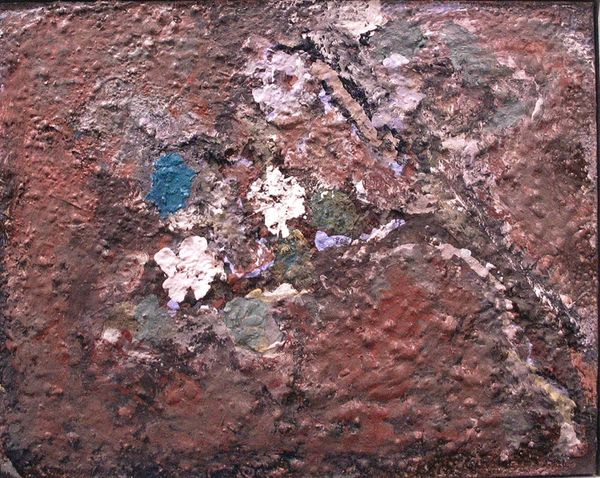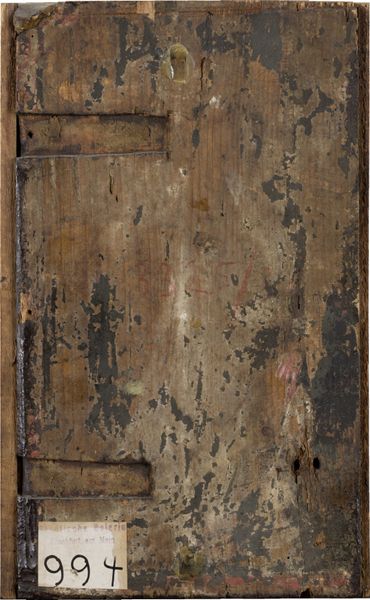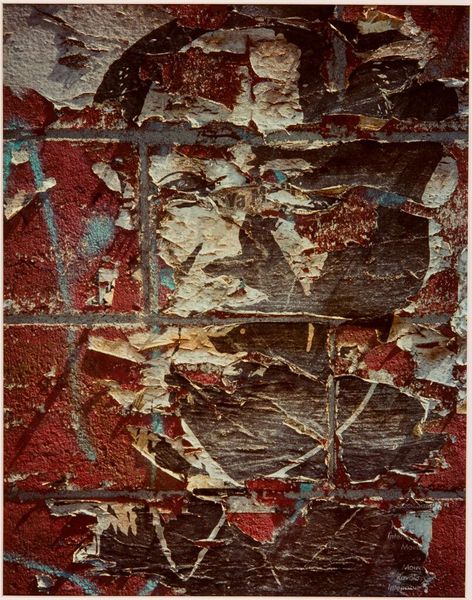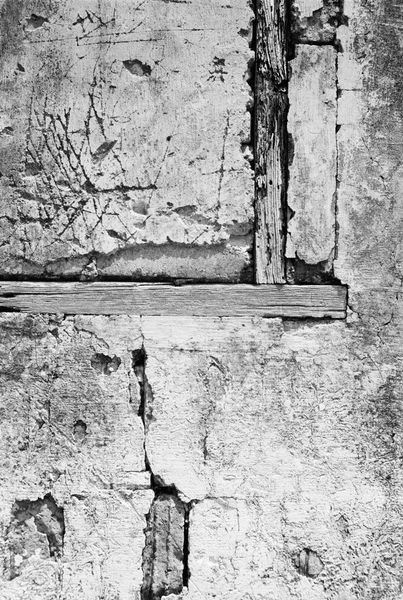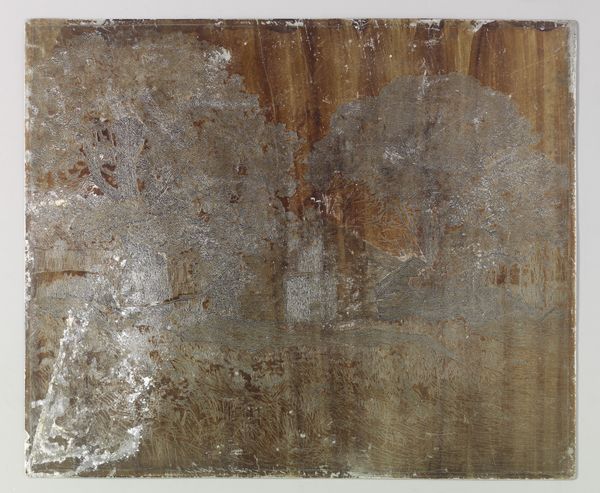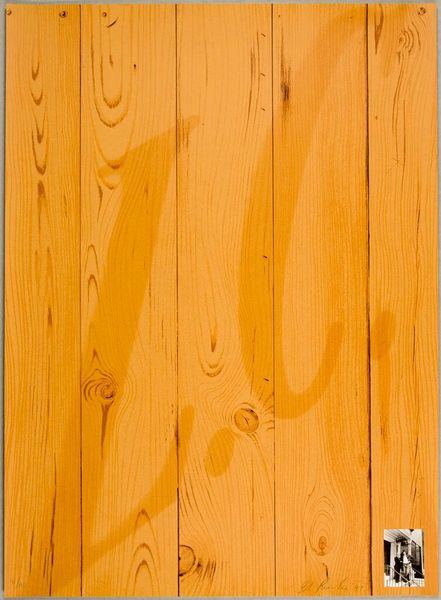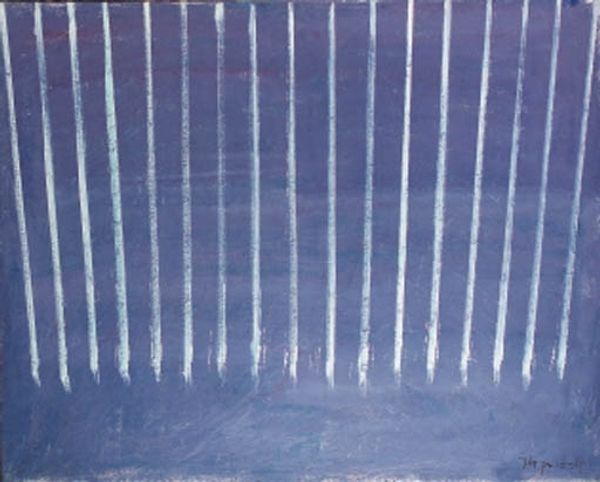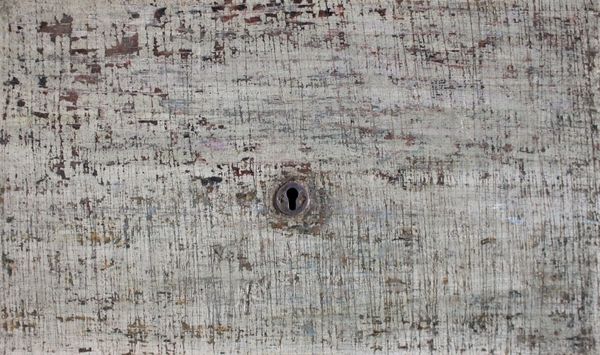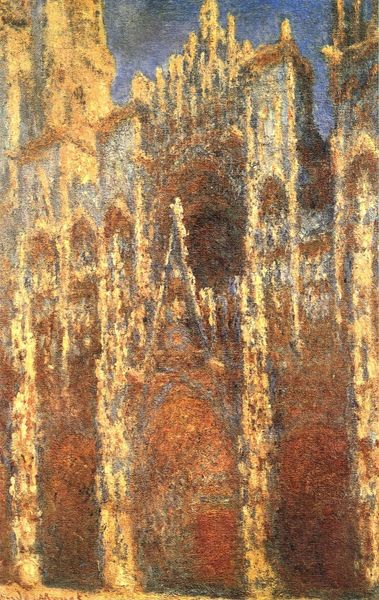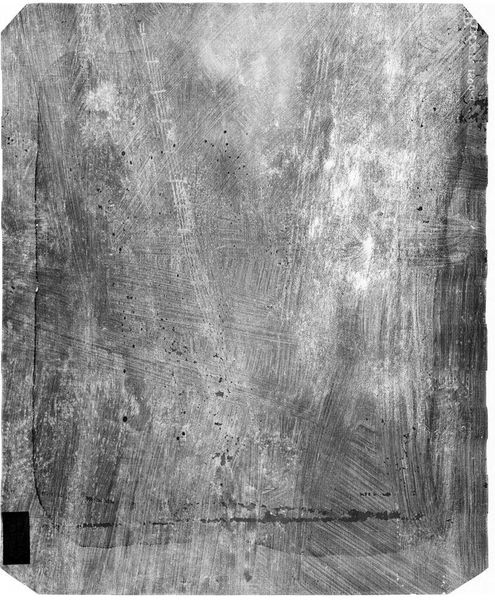
panel, oil-paint
#
portrait
#
panel
#
oil-paint
#
figuration
#
oil painting
#
12_15th-century
#
italian-renaissance
Dimensions: 103.0 x 71.0 cm
Copyright: Public Domain
Curator: Welcome. Today we are considering “Fragment of a Lamentation,” an oil on panel painting created circa 1497-1503, and presently residing at the Städelsches Kunstinstitut in Frankfurt. Editor: My initial response is a profound sense of loss. It's so damaged! What we can see seems to hint at a powerful depiction of grief, though. Curator: Indeed. The fragment's survival allows us to examine the painterly techniques of the Italian Renaissance directly. Note the sfumato attempting to create aerial perspective in the figures—and the artist's precise manipulation of light and shadow on the fabrics. The formal qualities themselves elicit emotional engagement. Editor: Precisely. This "Lamentation," judging by what we have left, almost certainly featured the Virgin Mary mourning the dead Christ. The Renaissance saw a real boom in these iconographies reflecting cultural shifts. The fact it’s been damaged makes you wonder, too—has the violence been intentional or accidental? I'm automatically prompted to ponder it’s potential relationship to complex societal forces such as war or political turmoil, Curator: Or simple neglect? One could interpret the damage not as purposeful erasure, but as the inevitable decay of materiality over time. Its survival—fragmented as it is—testifies to the enduring nature of art. The figures captured retain expressive beauty; the gestures are readable and their interactions tell a silent story still. Editor: But who are these figures? Why did this version of the lament resonate strongly in the Renaissance? I agree the painting possesses undeniable qualities that speak to both then and now. Maybe that’s why some art has survived against all odds. This ‘Lamentation’ speaks across time and beyond language Curator: It certainly has an impact. Considering “Fragment of a Lamentation” one sees echoes that persist—reflections on human emotion filtered through a damaged physical entity. A dialogue between artistic intention, decay, and enduring beauty. Editor: Yes. It stands to bear that what's left of this painting gives meaning and force beyond that single event from long ago. We’ve arrived at what truly matters here –human experiences and relations within these contexts through art.
Comments
No comments
Be the first to comment and join the conversation on the ultimate creative platform.

